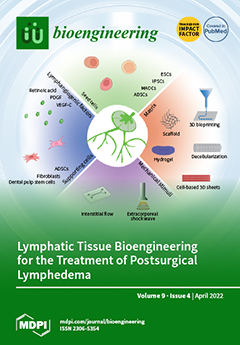Open AccessArticle
Improved Titer in Late-Stage Mammalian Cell Culture Manufacturing by Re-Cloning
by
Qin He, Matthew S. Rehmann, Jun Tian, Jianlin Xu, Luzmary Sabino, Erik Vandermark, Ziev Basson, Iris Po, Kathleen Bierilo, Gabi Tremml, Giovanni Rizzi, Erik F. Langsdorf, Nan-Xin Qian, Michael C. Borys, Anurag Khetan and Zheng-Jian Li
Cited by 3 | Viewed by 3552
Abstract
Improving productivity to reduce the cost of biologics manufacturing and ensure that therapeutics can reach more patients remains a major challenge faced by the biopharmaceutical industry. Chinese hamster ovary (CHO) cell lines are commonly prepared for biomanufacturing by single cell cloning post-transfection and
[...] Read more.
Improving productivity to reduce the cost of biologics manufacturing and ensure that therapeutics can reach more patients remains a major challenge faced by the biopharmaceutical industry. Chinese hamster ovary (CHO) cell lines are commonly prepared for biomanufacturing by single cell cloning post-transfection and recovery, followed by lead clone screening, generation of a research cell bank (RCB), cell culture process development, and manufacturing of a master cell bank (MCB) to be used in early phase clinical manufacturing. In this study, it was found that an additional round of cloning and clone selection from an established monoclonal RCB or MCB (i.e., re-cloning) significantly improved titer for multiple late phase monoclonal antibody upstream processes. Quality attributes remained comparable between the processes using the parental clones and the re-clones. For two CHO cells expressing different antibodies, the re-clone performance was successfully scaled up at 500-L or at 2000-L bioreactor scales, demonstrating for the first time that the re-clone is suitable for late phase and commercial manufacturing processes for improvement of titer while maintaining comparable product quality to the early phase process.
Full article
►▼
Show Figures






